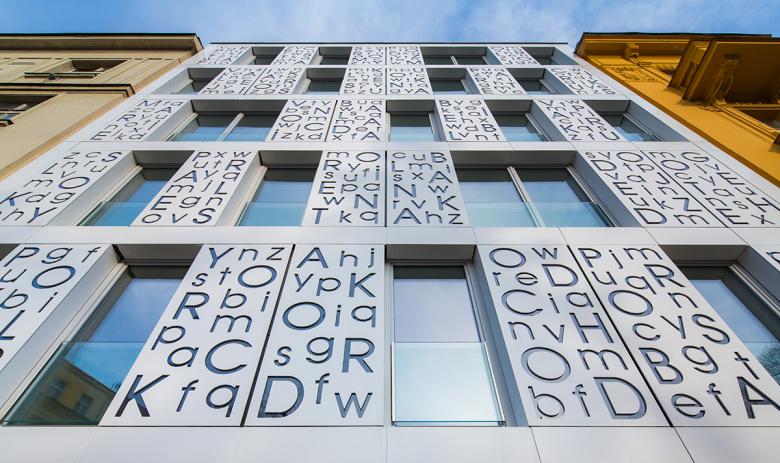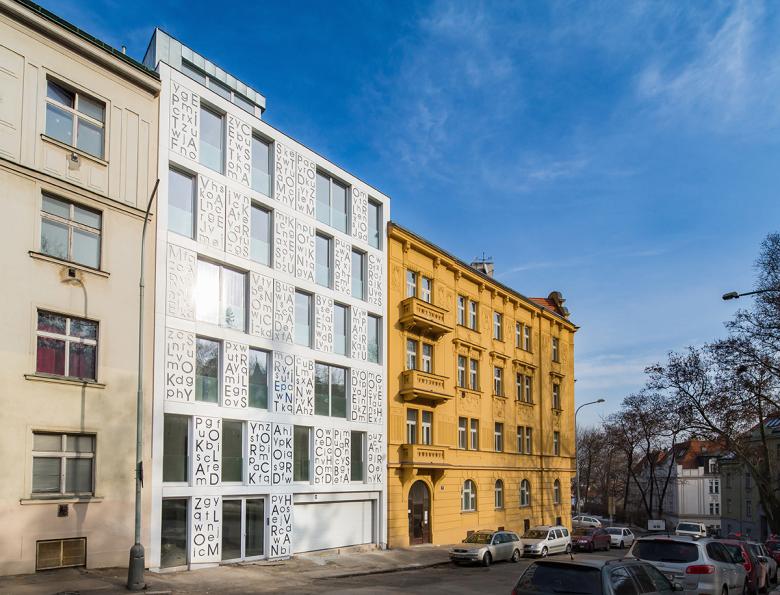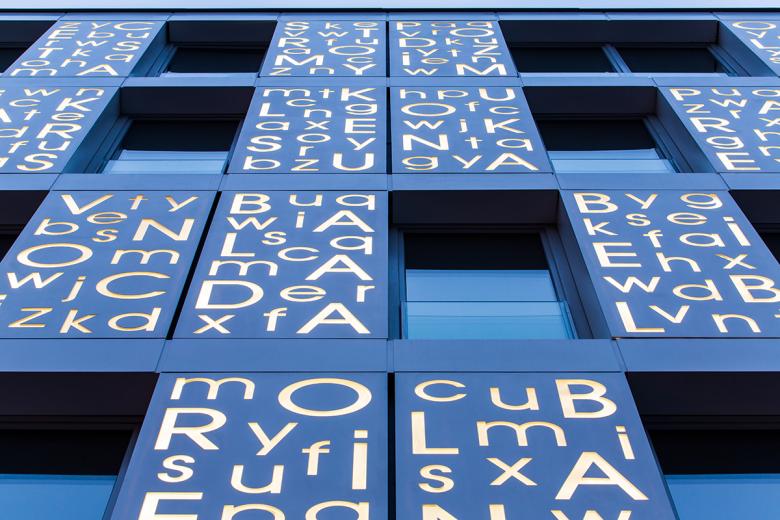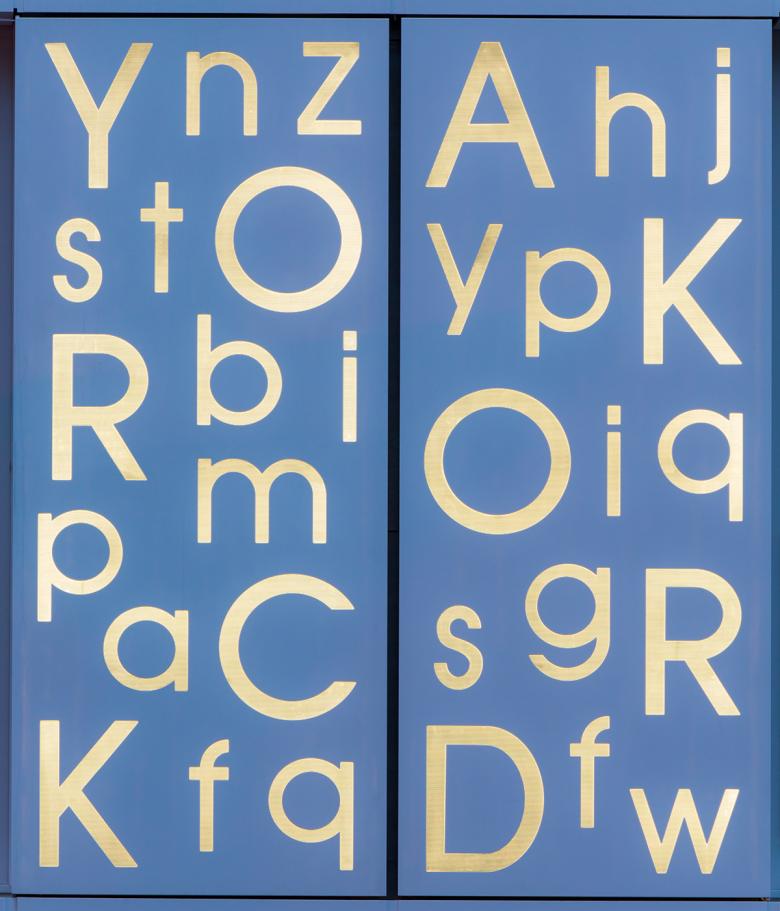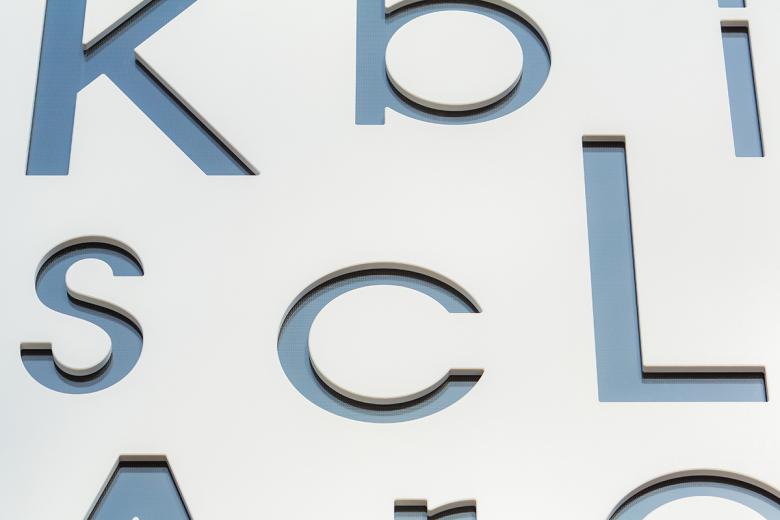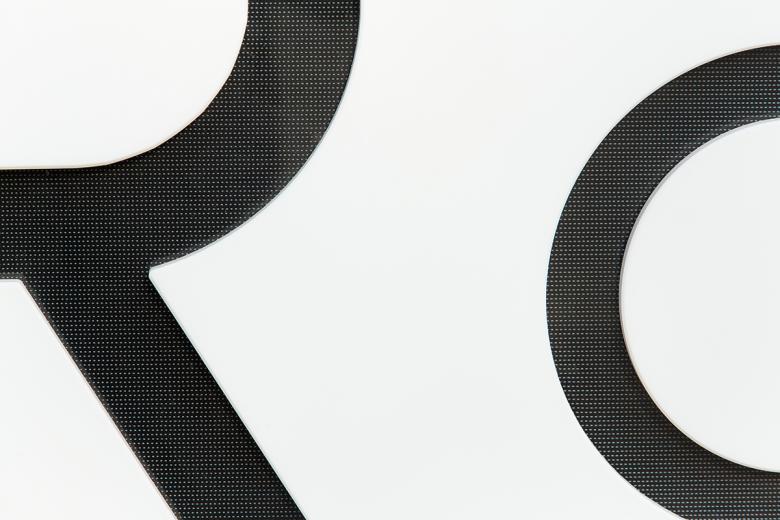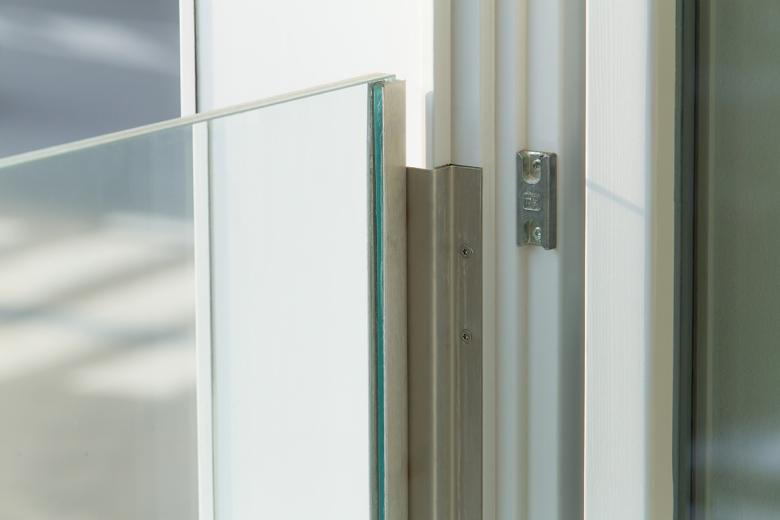A Poetic Facade Written in Light
John Hill
26. May 2017
Photo © Miguel Alonso (All photographs courtesy of HI-MACS)
P6PA+Architects' design of the Bieblova Apartments in Prague features a facade "written" with white HI-MACS® panels incised with letters that glow at night.
Location: Prague, Czech Republic
Design: P6PA+Architects, s.r.o. (Martin Klejna, Javier Navas Fabregat)
Engineering: Ondřej Šteger, Martin Wolf, Rostislav Koziel
Fabrication: Dřevovýroba Podzimek s.r.o., Duolit s.r.o., Atlas Group s.r.o.
Material: HI-MACS® Alpine White 12 mm
HI-MACS® supplier: Polytrade CE
The apartment building is located on Bieblova street, which was named for famous Czech poet Konstantin Biebl. (Photo © Miguel Alonso)
Architectural inspiration can come from many places and take a variety of forms. For P6PA+Architects it was Bieblova, the site of an aparment building completed this year. The street is named for poet Konstantin Biebl, who served in World War I, wrote poetry between the wars, but then killed himself by jumping from a window in 1951. It's not clear if that building sat on his now namesake street, but architect Martin Klejna paid homage to the poet in the words written across the facade. The uppercase letters, read diagonally from upper-left to lower-right of each panel, spell out the titles of poems by Biebl, including Zlom (Turning point), Ikaros (New Icarus), K Lesu (The way to the forest), Havran (The rook), and Akord (The chord). Just as the letters move left and right across each panel, the windows alternate with the solid surface panels to give the facade a back-and-forth rhythm. Although clearly a departure from the older buildings on Bieblova, the references to an important figure must have helped the project gain the necessary approvals from the Prague City Council.
LED backlighting spells out the letters after the sun goes down. (Photo © Miguel Alonso)
"Akord" (The chord) is visible in the panel at right. (Photo © Miguel Alonso)
The letters were milled into thirty (each one unique) 2.6 x 1.1 meter HI-MACS® panels using CNC technology. From front to back, the covering comprises a 12-mm layer of HI-MACS® Alpine White, a layer of 8-mm transparent acrylic glass, and a layer of black acrylic glass. The panels are fastened the building's steel structure with stainless steel profiles and plastic pegs. According to LG Hausys, the maker of HI-MAC®, "Each panel hangs as a separate entity, which thus allows either horizontal or vertical adjustments, independent of any other panel."
Although I could see the poems of Biebl standing out better if only the uppercase letters were illuminated (a difficult detail, I presume and hence it not being done that way), as executed the facade becomes a means of exploration: passersby need a little bit of patience to discover the titles within the panels. Ultimately, the abstract simplicity of the HI-MACS® panels enables the letters to come to the fore, making it appear as if the facade was written merely with letters and light.
